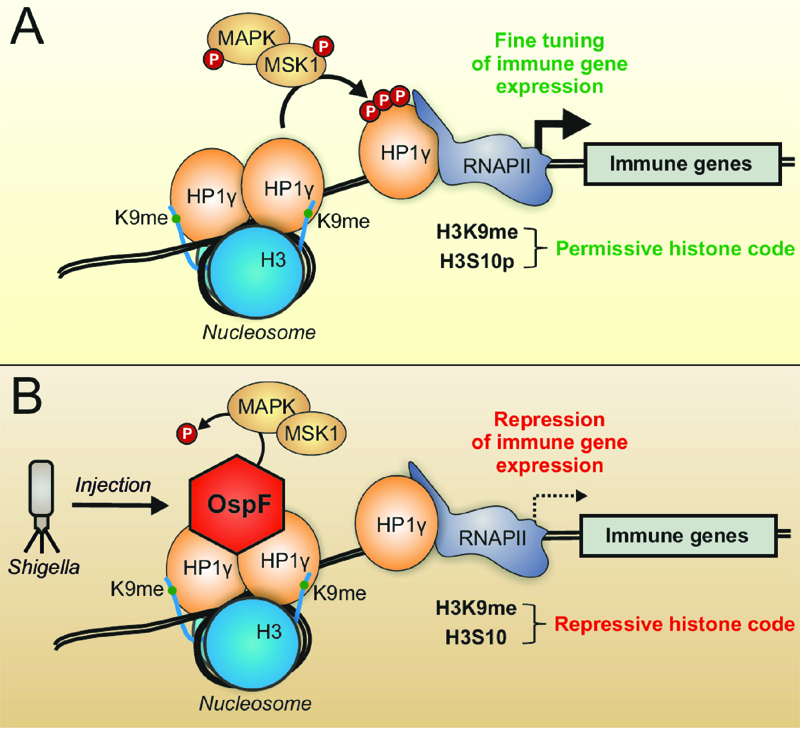FIGURE 1: The T3SS virulence effector OspF targets HP1γ and highlights the MSK1/HP1γ chromatin interplay at immune genes.
Under physiological conditions (A) MAPK signaling leads to HP1γ and histone 3 serine 10 (H3S10) phosphorylation, allowing fine tuning of immune gene expression.
Upon infection (B) Shigella injects the virulence factor OspF into the host cell. OspF translocates to the nucleus and both, binds to HP1γ as well as inactivates MAPK irreversibly by altering the phosphorylation site. Dephosphorylated HP1γ and H3S10 lead to repressed transcription of immune genes, and thus drive Shigella infection.

